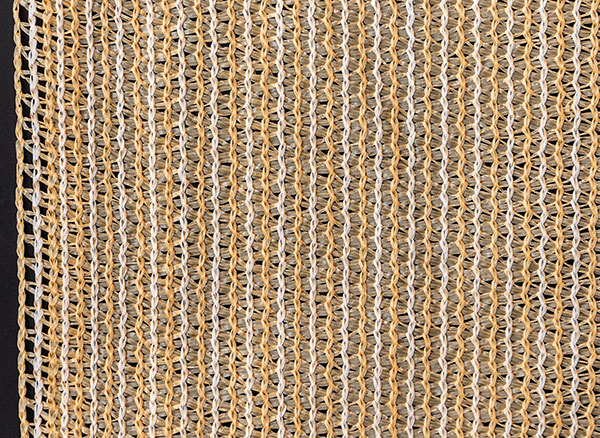Shade nets for greenhouses are gaining broader use in modern agriculture because growers seek practical ways to manage light, temperature, and moisture levels for sensitive crops. These nets, typically made from high-density polyethylene or similar synthetic fibers, provide an effective balance between shading and ventilation, creating a controlled environment that supports steady plant development throughout different seasons.
A key advantage of shade nets for greenhouses lies in their ability to filter sunlight. By moderating the intensity of direct rays, these nets help reduce heat stress on plants while allowing sufficient light for photosynthesis. This feature is particularly useful for crops such as leafy greens, flowers, and fruit-bearing plants that thrive under moderate light conditions. Farmers report that shaded environments often require less water, as reduced evaporation helps maintain soil moisture for longer periods.

Beyond light control, shade nets contribute to temperature regulation within greenhouse structures. By limiting excessive heat buildup, they minimize the need for additional cooling systems, which can help reduce energy consumption and operating costs. This benefit is especially valuable during warmer months, when maintaining a stable internal climate is critical for crop quality and yield.
Shade nets also protect against wind and airborne particles. Their woven design acts as a barrier to dust, insects, and debris, which can otherwise affect plant health and reduce productivity. When combined with greenhouse frames, these nets create a semi-enclosed environment that supports healthier growing conditions without completely sealing off natural airflow.
Durability is another factor driving the popularity of shade nets for greenhouse applications. Many products are treated with ultraviolet stabilizers, allowing them to withstand prolonged sun exposure without significant degradation. Their resistance to tearing and weather-related wear makes them suitable for year-round use in diverse climates, from humid tropical regions to dry, arid zones.
The adaptability of shade nets further enhances their appeal. Available in various shading percentages, they can be selected to match the specific light requirements of different crops. Farmers can choose lighter shading for vegetables that need higher sunlight or denser nets for delicate plants requiring more protection. The availability of customizable sizes and colors also allows growers to integrate shade nets into existing greenhouse setups without major structural changes.
Installation and maintenance are relatively straightforward, making shade nets accessible to both small-scale and commercial farmers. Nets can be attached to greenhouse frames using clips, ropes, or sliding systems, enabling quick adjustments or seasonal removal when needed. Routine care typically involves simple cleaning to remove dust or organic matter and regular inspections to check for signs of wear or loosening.
The increasing focus on sustainable agriculture has also contributed to the rise in shade net use. By providing passive climate control and reducing reliance on energy-intensive equipment, these nets align with environmentally conscious practices. Farmers adopting shade nets often note improvements in resource efficiency, particularly in water and energy management, without compromising crop quality.
Manufacturers continue to refine shade net designs to meet evolving agricultural needs. Newer products feature reinforced edges for longer service life, improved UV protection, and enhanced compatibility with modern greenhouse systems. These advancements aim to provide growers with reliable tools that support productivity while minimizing environmental impact.
In summary, shade nets for greenhouses offer an effective way to manage light and temperature, protect crops, and support sustainable farming practices. Their combination of durability, flexibility, and ease of use makes them a valuable addition to agricultural operations of varying scales.



 英语
英语 西班牙语
西班牙语










